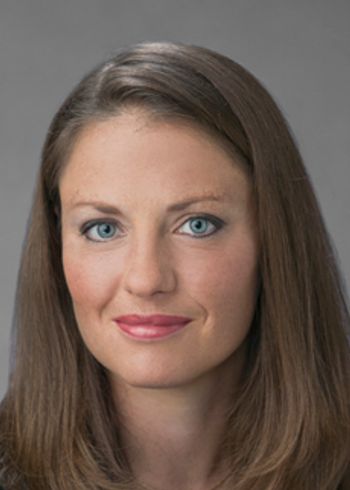
Doctors should not have borders
Why physicians have an international responsibility.
Late last year, I was honored to be one of a select group of trainers invited by the World Federation of Hemophilia to travel to Amman, Jordan, and participate at the Federation’s Musculoskeletal Workshop for the Eastern Mediterranean Region. While there I gave four clinical presentations to orthopaedic surgeons and physical therapists from 15 participating countries: Algeria, Tunisia, Palestine, Lebanon, Syria, Jordan, Qatar, Kuwait, Saudi Arabia, Iraq, Pakistan, Bahrain, Egypt, United Arab Emirates, and Sudan.
As part of my journey I also visited Al-Bashir Hospital where I examined patients and saw firsthand the many challenges faced by providers from around the world who care for patients with hemophilia. As follow-up, the head of the orthopaedic program at Al-Bashir Hospital spent a month at the Hemophilia Treatment Center at Los Angeles’ Orthopaedic Institute for Children (OIC) which is an international training center for the World Federation of Hemophilia.
My visit to Jordan was a wonderful opportunity to increase awareness about hemophilia and to provide practical skills to local surgeons and physical therapists. But more than that, it was reminder of the responsibility that physicians throughout the United States have to share their experiences and best practices with colleagues around the globe. The physicians I met in Jordan have only limited access to clotting factors, which makes their job all the more challenging and demanding. Still, we were able to discuss lessons learned from difficult cases and complications; project future needs; and, most importantly, create a road map for future development in the region.
Trending:
My visit was not unique and there are many illustrations of physicians playing their part in bringing American science and expertise to those who need it most. Last year, for example,
During last year’s visit, they evaluated more than 200 children and performed 50 procedures on 36 children. Many of these procedures gave children who did not have the ability to walk for more than a few steps at a time the ability to run and jump and play. Among those treated were children with neglected clubfoot, untreated hip dysplasia, Rickets deformities, and neglected cerebral palsy cases. In one case Dr. Thompson and her team constructed an ankle where there was none.
For the past five years, Dr. Thompson has also traveled with a team of dedicated pediatric orthopaedic surgeons, anesthesiologists, and critical care nurses to San Pedro Sula, Honduras, for “La Brigada Escoliosis” at Ruth Paz Hospital. With great support from the World Pediatric Project, she was joined on her most recent visit by OIC CEO Anthony Scaduto, M.D. and nursing staff. While there, the team evaluated more than 50 potential surgical patients with spinal deformity and performed seven deformity-correcting spinal surgeries. They worked alongside local pediatric orthopaedic surgeons, spine surgeons, residents and medical students to help train these physicians in scoliosis evaluation and patient care.
Drs. Thompson and Scaduto additionally evaluated 35 patients with neglected, often complex, lower extremity deformities associated with untreated clubfoot, Rickets’ disease, developmental dysplasia of the hip, spina bifida and trauma. Of those evaluated, 20 patients were scheduled for corrective surgeries planned for the end of this month. Many of these procedures will give these children who do not have the ability to walk for more than a few steps at a time the ability to run and jump and play.
Trending:
Another example of this international outreach can be seen in
These are just a few of the many examples of the commitment physicians have to improving the lives of others throughout the world. We here in the United States never claim to have all the answers but we have experiences to share and ears to listen. The sharing of knowledge is a wonderful thing. And trips such as these remind us why we are physicians in the first place.
Newsletter
Optimize your practice with the Physicians Practice newsletter, offering management pearls, leadership tips, and business strategies tailored for practice administrators and physicians of any specialty.











